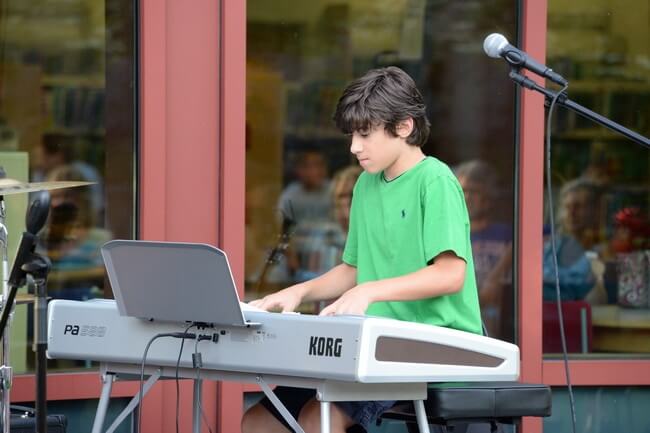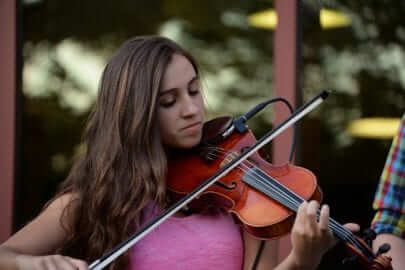or
Sign in with
Already have an account?
or
Sign in with
New to Printique?

You have 0 items in your shopping cart
Forgot Password?
Please enter your email address to receive a link for resetting your password.
Thank You
You will receive an email with further instructions. Please contact customer support if you need any further assistance.
Please verify your email address
A verification link has been sent to your email to activate your account. The link will be valid for 1 hour.
Please check the spam inbox if you can't find the email. If you still can't find it, we can resend it.
A verification link has been sent to your email 00:00

Author: Libby - Printique by Adorama
Article and Photos by Diana De Rosa
My preference as a photographer is to shoot when it is overcast. However, when you can capture the shine of the sun just right it really does make the picture.
The reason I prefer overcast has a lot to do with the fact that I am a sports photographer. I shoot mostly fast moving events in big arenas. When it’s overcast you have a much better chance of having your settings work no matter where you are shooting, because the overall lighting is pretty consistent.

In this photo the lighting is nice and even throughout for Pursuing JC band member Gregory De Rosa.
Bright sunlight is beautiful when you capture the image just right, but that’s the problem. When you are shooting in lots of different directions the lighting of the sun will often require different settings. Say you are shooting horses jumping or kids playing hockey, you can’t be constantly changing the setting because of the speed and the action you want to capture. Not only that but if you don’t capture the light “just right” you’ll get shadows where you don’t want them. Some images may also be too light and others too dark, depending on how you set up your camera for the conditions in which you are shooting and exactly how the light is falling on the arena or area where you are taking the pictures.

Now here you have an example of how the bright sun can play havoc on a photo with inconsistent light throughout, but sometimes it’s okay.
If you are trying to capture a series of shots by panning, then parts of the area may be lit just right while others are not. In some cases your camera may compensate for you, which is why it’s always important for you to know everything your camera is capable of. I can’t emphasize this enough – read the manual and make sure you understand every setting and use that to decide what works best for what you are shooting. In the end it will help determine how many good shots you end up with.
While I’ve indicated at the top that I prefer an overcast day most of the time, that would change if I’m not speed shooting but rather shooting one object. In that case I can choose where I want to place the person or object. That said, I still prefer to shoot early morning or evening no matter what, if I can control the situation, especially if I’m shooting models. Why? Because the lighting is so much more even and beautiful then.

In this photo you do see some shadowing but it actually enhances the photo of Pursuing JC band member Kelsey De Rosa.
Every photographer is different and if you have a preference as to what condition you like to shoot under, take a moment and share your thoughts. Also, be sure to read Printique.com’s blog for more tips.
About the author
Diana De Rosa has been a journalist for over 30 years (writer and photographer) and recently just got back from covering her 8th Olympic Games. She has a passion for shooting horses but likes to take her camera wherever she goes. She is one of the organizers of the annual EQUUS Film Festival, a festival of only horse movies that this year takes place November 17-20 in New York City.
